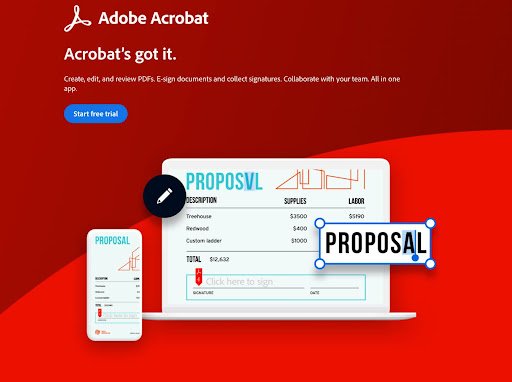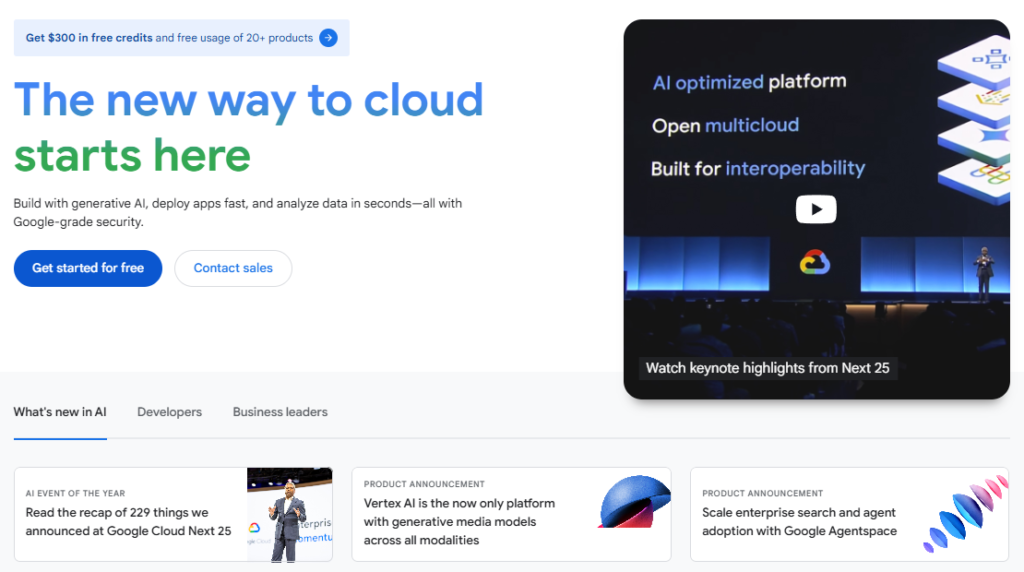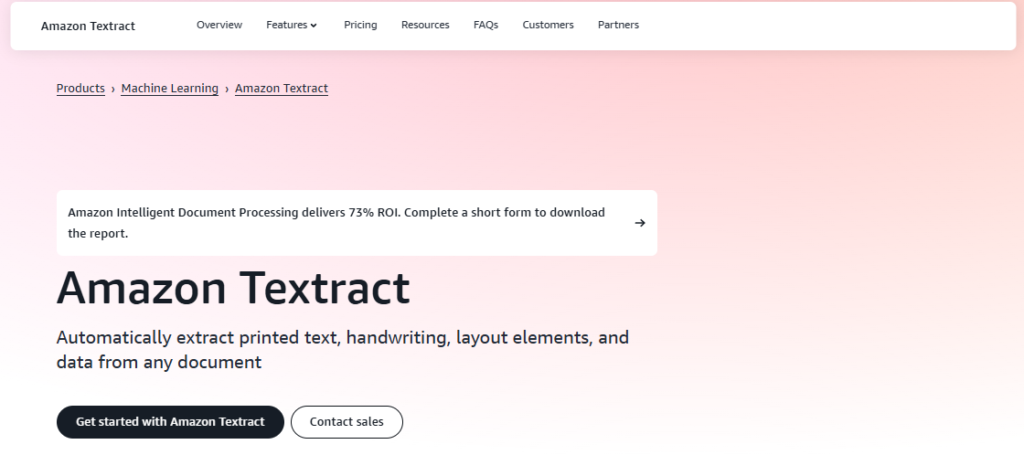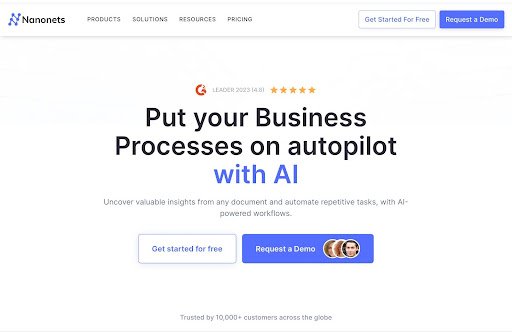Top 8 AI OCR software
AI OCR software processes over 85% of business documents faster than manual data entry, according to recent industry studies (McKinsey & Company, 2024). Companies using AI-powered optical character recognition report 73% reduction in processing time for invoices, receipts, and financial documents.
Modern AI OCR software combines machine learning algorithms with optical character recognition to extract data from any document format without requiring templates or pre-training.
Key questions every business leader faces:
- How can we reduce the 40+ hours our team spends weekly on manual data entry?
- Why do traditional OCR solutions fail with handwritten or low-quality documents?
- What makes AI OCR software different from basic scanning tools we already use?
Manual document processing costs businesses an average of $25 per invoice when factoring in staff time and error correction. AI OCR software addresses these pain points by learning from each document it processes. The technology adapts to different layouts, languages, and document qualities while maintaining high accuracy rates across various file types.
What is OCR and How is it Used?
OCR stands for Optical Character Recognition. It converts images of text into machine-readable digital text that computers can process and edit. AI OCR software takes this basic concept further by adding artificial intelligence and machine learning capabilities.
Traditional OCR tools work like basic scanners that recognize letters and numbers. AI OCR software learns patterns, understands context, and improves accuracy over time. The technology can handle poor image quality, different fonts, and even handwritten text that would challenge standard OCR systems.
Common OCR Applications Include:
- Invoice Processing: Converting supplier invoices into digital data for accounting systems
- Receipt Management: Extracting expense data for financial reporting and tax preparation
- Form Digitization: Processing insurance claims, loan applications, and customer forms
- Archive Conversion: Converting old paper records into searchable digital files
AI OCR software supports multiple output formats including CSV, XML, and Excel files. The technology integrates with existing business systems through APIs and cloud-based platforms. Most AI OCR solutions can process hundreds of documents per hour while maintaining accuracy rates above 95%.
The key difference lies in adaptability. Basic OCR requires specific templates for each document type. AI OCR software automatically recognizes document structures and adjusts its processing approach. This makes it practical for businesses that handle various document types from multiple sources.
8 best AI OCR Software for your business
1. KlearStack
KlearStack is a piece of AI-enabled software that has a data extraction effectiveness of above 90%. It extracts value from unstructured documents such as words, photos, pdfs, emails, and more, resulting in a measurable business effect.
Its Intelligent Document Processing technology automates manual data processing with ML, computer vision, predictive analytics, and NLP, allowing organisations to achieve straight-through processing and hyper-automation.
2. Docsumo

A robust AI-driven platform for data acquisition, extraction, and analysis across various document types. Docsumo digitises documents and converts them into numerous formats using a combination of clever OCR, AI and MLalgorithms.
API models are taught to detect and retrieve data from various document layouts. When APIs get the knack of reading their favourite document types, users may upload bulk files and not have to evaluate them manually.
3. Adobe Acrobat Pro

Adobe Acrobat Pro DC is a complete document processor with advanced OCR capabilities. It converts scanned papers, PDFs, and other pictures into digitised documents easily discoverable and modifiable by users using Optical Character Recognition (OCR).
The software was created with business professionals in mind and is suitable for Windows and Mac operating systems.
4. Google Doc AI

Users may process a range of documents using Google Doc AI, including invoices, PDFs, payment applications, and other files. It employs AI algorithms to improve data accuracy while also reducing the amount of manual
human reviews. You can save processing costs, assure legal compliance, and gain insight from various documents to improve customer experiences in just a few clicks.
The programme can process billions of documents daily, and the platform’s computer vision technology allows users to interpret and scan information from scanned photos and unstructured words. Human reviews can be included to improve the accuracy of data extraction for AI models and data validation and custom parsing features.
5. Amazon Textract

Amazon Textract is a fully managed ML service that automatically extracts useable data from various inputs. Selective Context Attentional Scene Text Recognizer (SCATTER) is a function in Amazon Textract that uses computer vision technology to recognise text from complicated scanned image backgrounds.
It can read data from multiple forms in high resolution and detect distinct currency symbols, characters, rows and columns in enormous tables.
6. Datacap by IBM

Datacap automates corporate documents’ capture, recognition, and classification to retrieve valuable data. Datacap features a powerful OCR engine, many functionalities, and rules that may be customised. It can be used with scanners, mobile devices, multifunction peripherals, and fax machines.
7. Nanonets

Nanonets is a popular AI OCR software tool on the internet. It also offers a free trial of its services for a limited time. When it concerns the features, this programme has a lot of them.
You can add team members to the Pro version, allowing you to collaborate. Aside from that, there are retrains and annotating services available.
8. Abbyy

The Abbyy AI OCR tool, which comes as a handy SDK, can be quickly integrated into your software applications for data extraction from documents, including pictures, PDF files, and much more. Additionally, this software is compatible with Linux, Windows, and macOS.
Additionally, the system requirements are listed on the webpage. This OCR software makes extensive use of AI and ML to provide you with a very capable SDK that you can use right now. This software can also be run in the cloud and on virtual machines.
Conclusion
Using a high-end AI OCR software, you can extract crucial information from documents that are not particularly machine-readable. These software programmes make data storage, sharing, and editing a breeze.
You can use programmes for basic use or dedicated solutions if you have niche and professional requirements, and KlearStack is one of them.


